Addendum, 2024: I am less certain of my conclusion here than I was when this first went up. Dr. Paul Musgrave wrote a piece on the Pepsi Fleet in Foreign Affairs, and when I contacted him about it, said that he had other sources which weren't accessible to Google, and which I wasn't willing to pay to try to track down. I was later pointed at a second source,1 although it's still weird how little contemporary coverage of this incident there was, relative to the amount since 2012. I now put about 75% on this being real. I would expect at least some mention, in purely naval sources if nothing else, but a contemporary book on the Soviet Navy is silent.
That said, it is indisputable that Pepsi never really had possession of operational warships, and most likely they never had physical control over even the scrap. The ships almost certainly went straight from Soviet control to the scrapyard, who then paid Pepsi the money.
Pepsi's operations behind the Iron Curtain began in 1959, during the American Cultural Exhibition in Moscow. This exhibition, best known for the Kitchen Debate between Khrushchev and Nixon, also saw Khrushchev sampling the beverage. In 1972, Pepsi finally reached an agreement with the Soviets, giving them exclusivity in the Soviet cola market until 1985. The Soviets, unwilling to spend hard currency on a luxury beverage, instead chose to trade vodka to Pepsico, which would be sold in the US.

But in 1989, the volume of Pepsi's business in the USSR had grown to the point that they needed more than just vodka to trade. In exchange, the Soviets offered 17 submarines and three surface warships, including a cruiser, a destroyer, and a frigate. Pepsi promptly turned around and sold the obsolete vessels for scrap. Briefly, this made Pepsico the owner of the world's 6th-largest navy, or possibly the 6th-largest submarine force on the planet.
All of this makes an interesting story, but it has one serious problem. As best I can tell, it's essentially false. Read more...


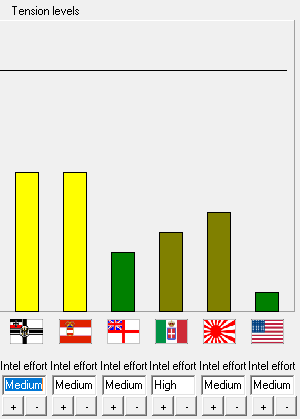
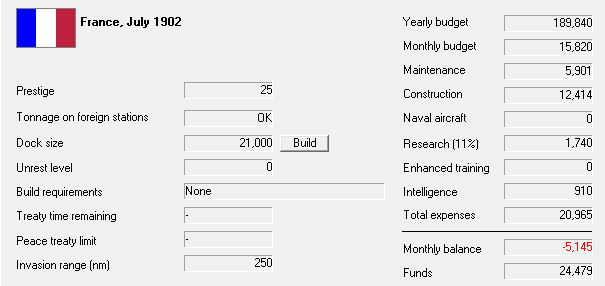

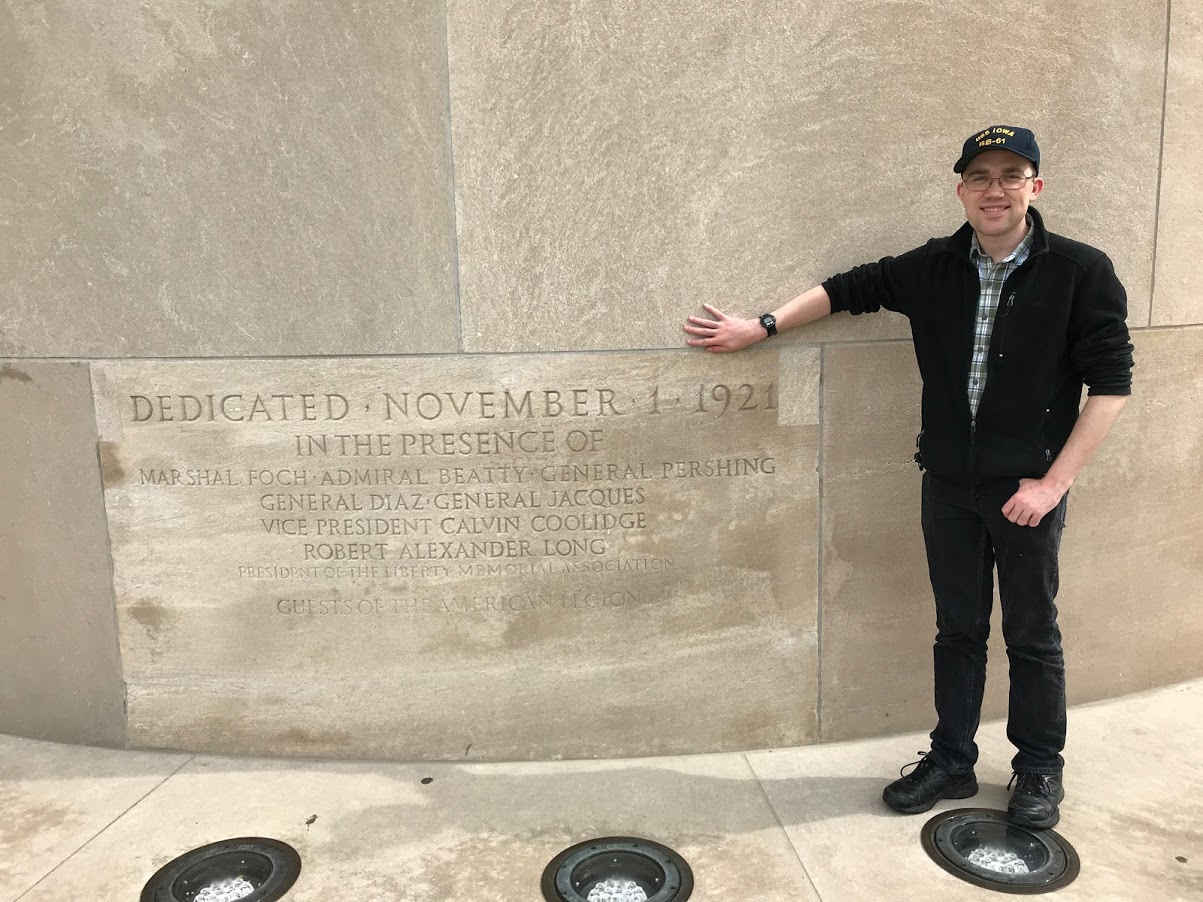
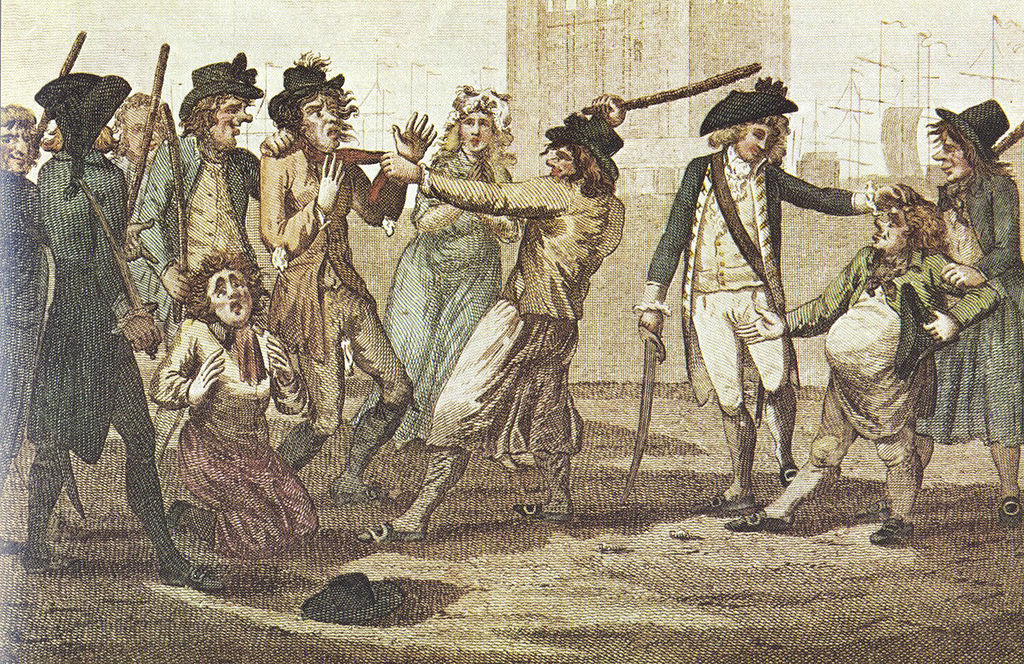


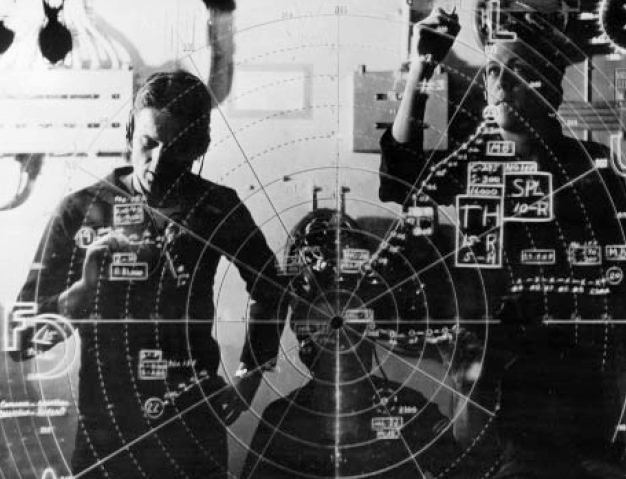
Recent Comments